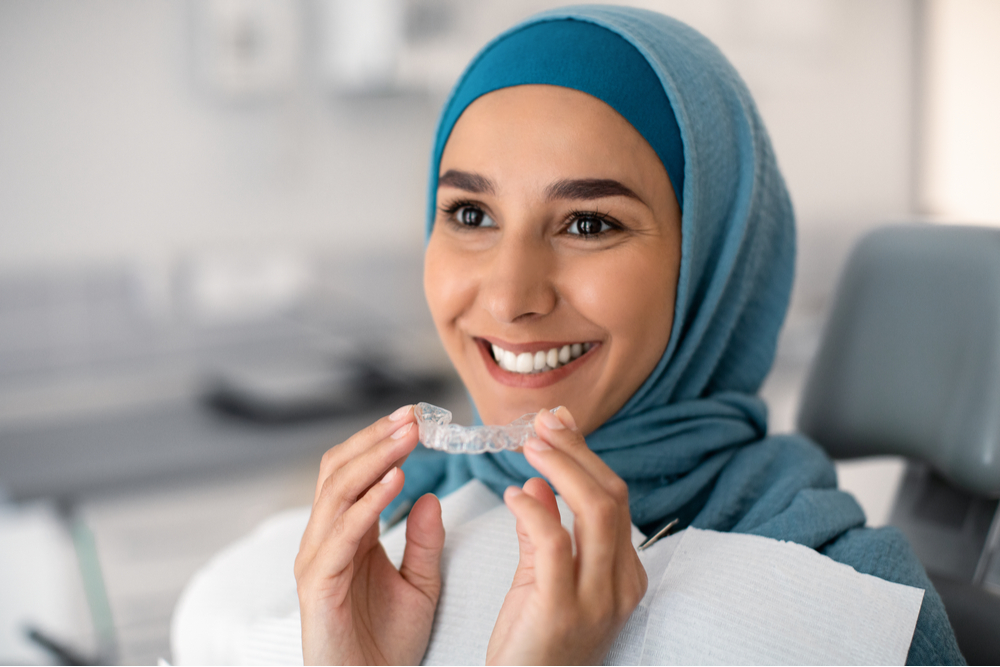If you find yourself choking or gasping for air in the middle of the night or snoring so loudly that you wake yourself up, then you may have untreated sleep apnea. Obstructive sleep apnea, the most common form of the condition, can be treated with oral appliance that effectively removes the blockage in your mouth that causes the disturbed sleep.
What is sleep apnea?
Obstructive sleep apnea (OSA) occurs when the upper airway becomes narrowed or collapses during sleep, preventing some or all the air from flowing. Certain people are at higher risk of developing OSA, such as those who have a large tongue or tonsils, are male, are older, or who are obese.
Am I a candidate for oral appliance therapy for obstructive sleep apnea?
You may be a candidate for oral appliance therapy if you are experiencing symptoms of obstructive sleep apnea, such as:
- sleepiness during the day
- sleep disruption (you sleep for shorter periods of time and/or wake up frequently at night)
- loud or heavy snoring
- morning headaches or dry mouth upon waking
- your symptoms have worsened with age
You may also be a candidate for oral appliance therapy if you are overweight or have large tonsils. Finally, you may be an ideal candidate for oral appliance therapy if you have been diagnosed with sleep apnea but do not like wearing a CPAP device.
Some benefits of oral appliance therapy include:
- improved symptoms of OSA
- another effective option for those who cannot tolerate CPAP
- no requirement for electricity
- quieter than a CPAP
- can be transported more easily than CPAP
What can I expect when undergoing sleep apnea treatment with oral appliance therapy?
When your dentist determines that your OSA can be improved with a sleep device, a scan will be taken of the upper and lower teeth. About two weeks later, your custom sleep device will be ready and you will come in for an appointment to try it in and have adjustments made if necessary. In the weeks following, you will come in for adjustments as needed.


